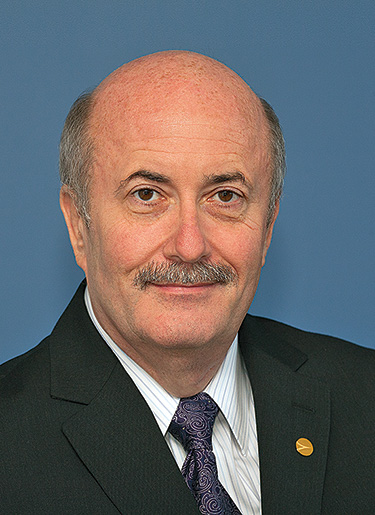
In a breakthrough that I would not have expected for years, the International Civil Aviation Organization (ICAO) has approved provisions for evidence-based training (EBT) in ICAO Standards and Recommended Practices. Credit goes to some extraordinary work done by a range of people and organizations that came together faster and better than anyone expected. The Royal Aeronautical Society led a massive working group that included ICAO, the International Air Transport Association (IATA), airlines, manufacturers, regulators and training providers.
For those of you not familiar with EBT, let me emphasize what a big deal this is. I have been a long and vocal critic of training standards around the world. Our training has been trapped in the 1960s and is dangerously out of date. EBT solves that once and for all. It is a process that will allow operators to restructure their training programs to target the real risks in the operation instead of spending all of their training time addressing the threats that existed in the 1960s. It builds on programs like the U.S. advanced qualification program (AQP) and the ICAO advanced training and qualification programme (ATQP).
As the name would suggest, this is a system built on evidence. The industry has pulled together and developed an extraordinary set of baseline data, which will be published by IATA in a document called the Evidence-Based Training Data Report. This report synthesizes information from 3 million flight data records, 9,000-plus line operations safety audit observations, more than 1,000 pilot surveys, and several thousand reports from AQP and ATQP programs. In this baseline, you will find the data you need to overhaul your training program whether you are operating older turboprops or the latest fly-by-wire jets.
The implementation process for EBT will be addressed by guidance material from ICAO and a new Evidence-Based Training Implementation Guide produced jointly by IATA, the International Federation of Airline Pilots’ Associations (IFALPA) and ICAO. Together, these guides will help operators build relevant and effective training programs that start with the baseline data and grow to reflect each operator’s operational data and experience. This type of approach will keep training relevant now and in the future.
As I said, a lot of progress has been made very quickly, but now comes the difficult part. It doesn’t do any good to develop new training strategies if you are not allowed to let go of the old ones. Regulators across the world have to buy in to the approach and will have to develop new ways to oversee training. Evaluating an operator’s training program against a 50-year-old checklist was a pretty simple regulatory task. Evaluating how well an operator builds its program based on operational data will require a regulator that is insightful and sophisticated, and able to devote a lot of time to the task. That may not be a realistic expectation given that many regulators have been decimated by austerity measures or overrun by extraordinary growth.
Government and industry can be proud of the way they have responded to this challenge. I hope that, five years from now, we can be as proud of the way we implemented the changes.